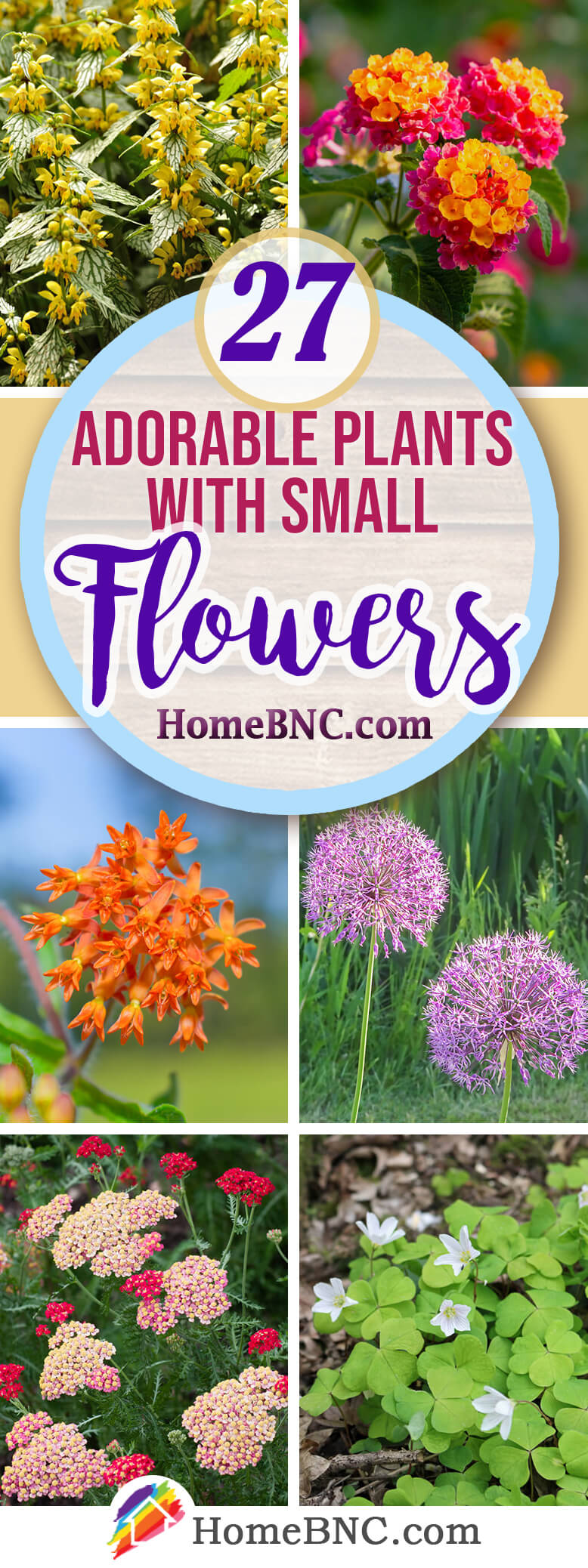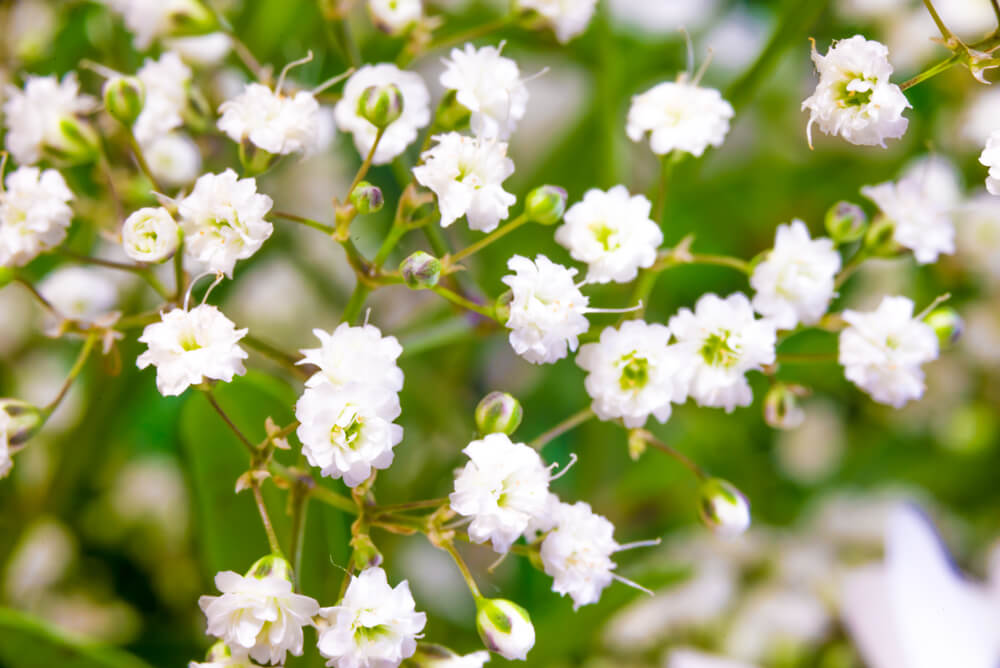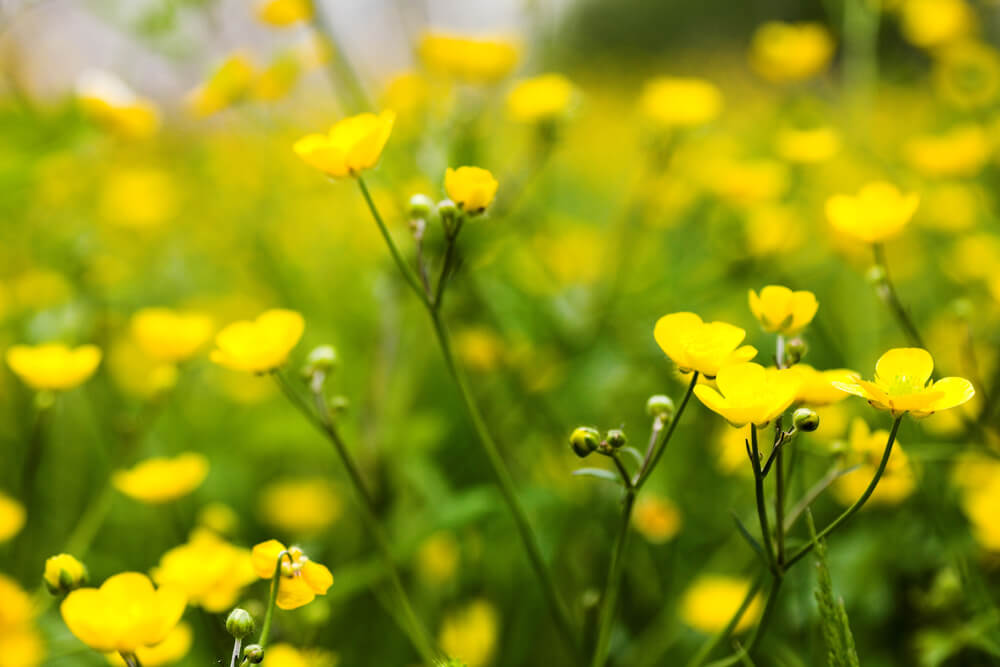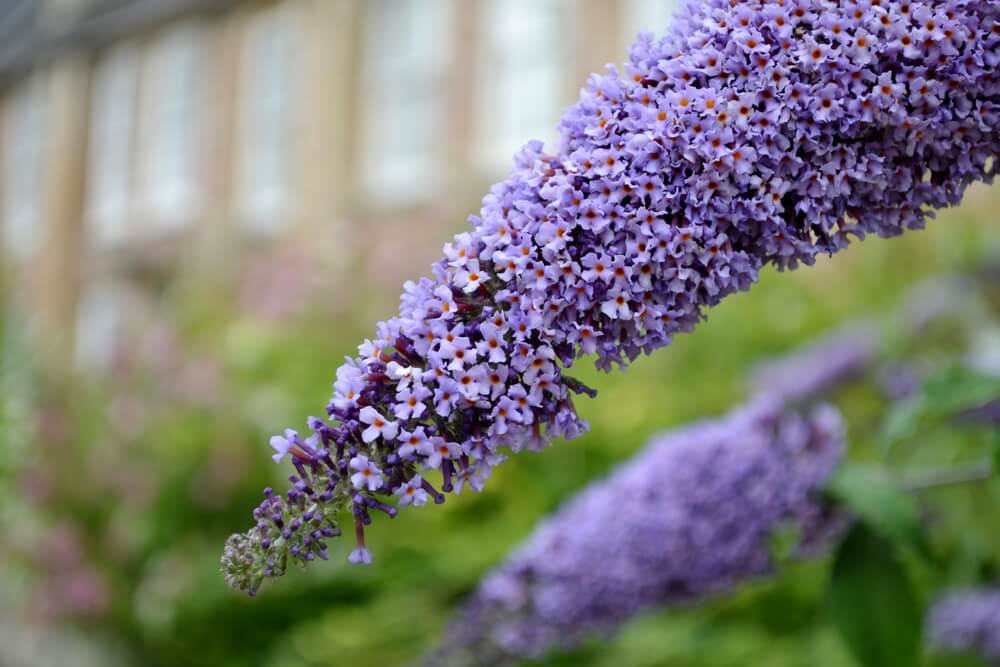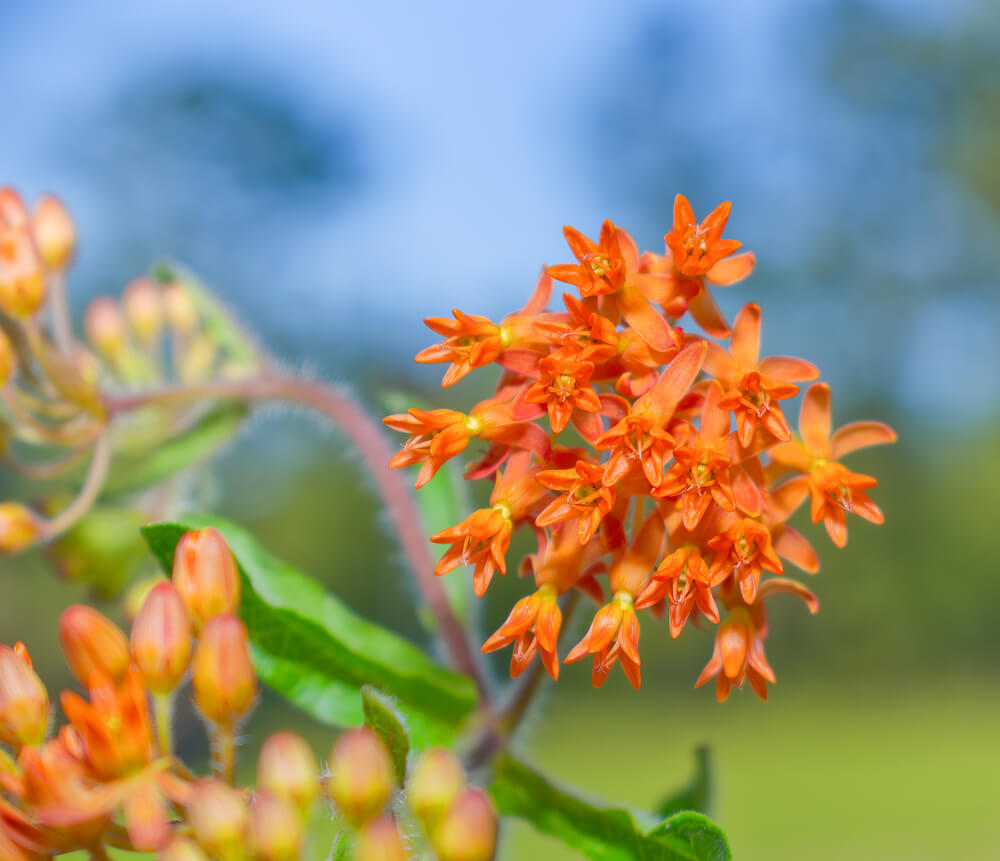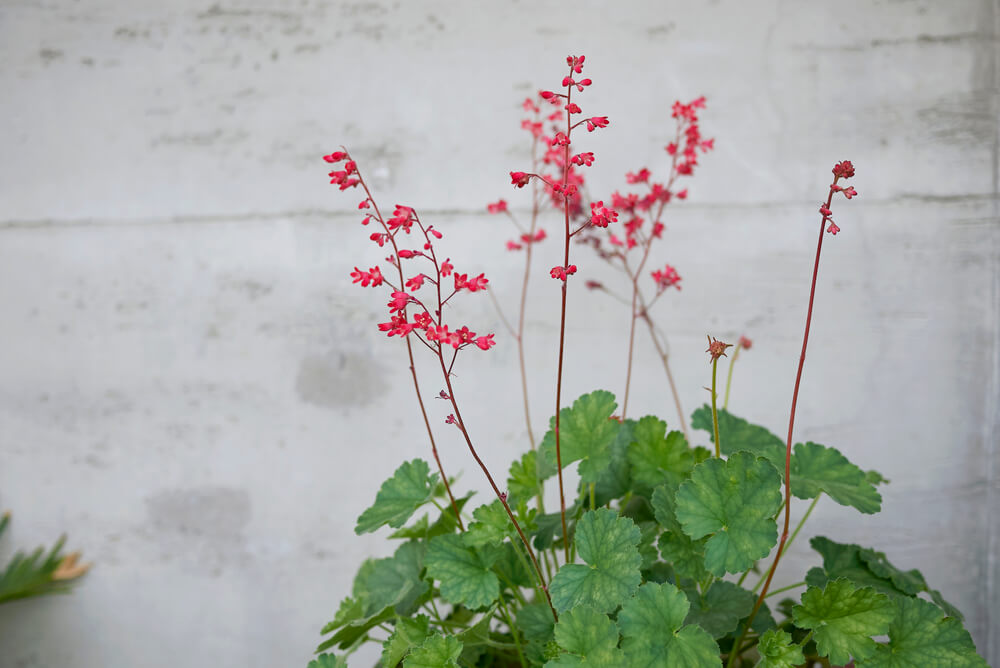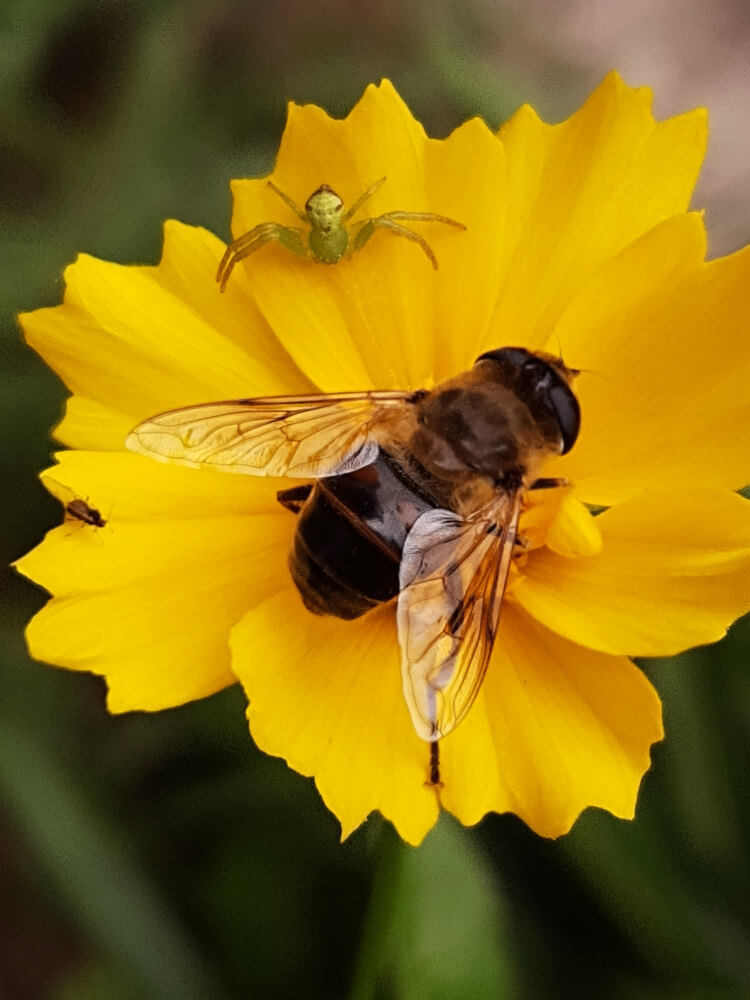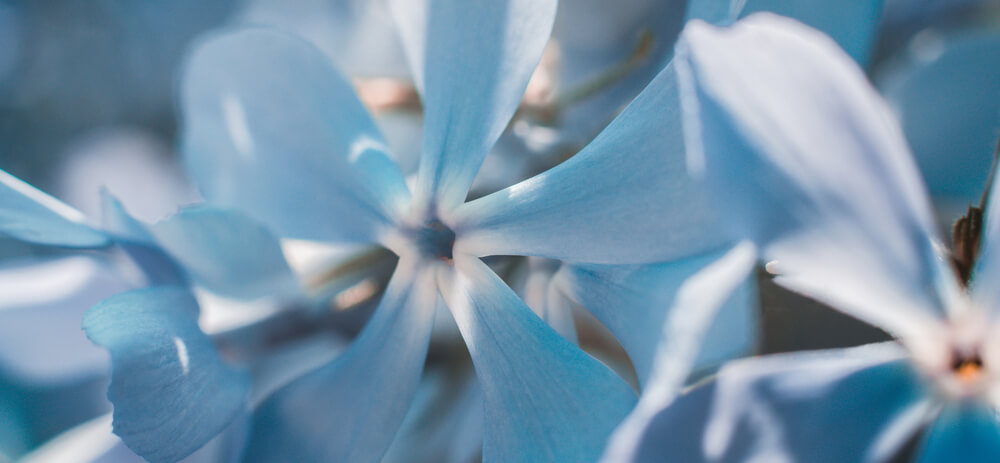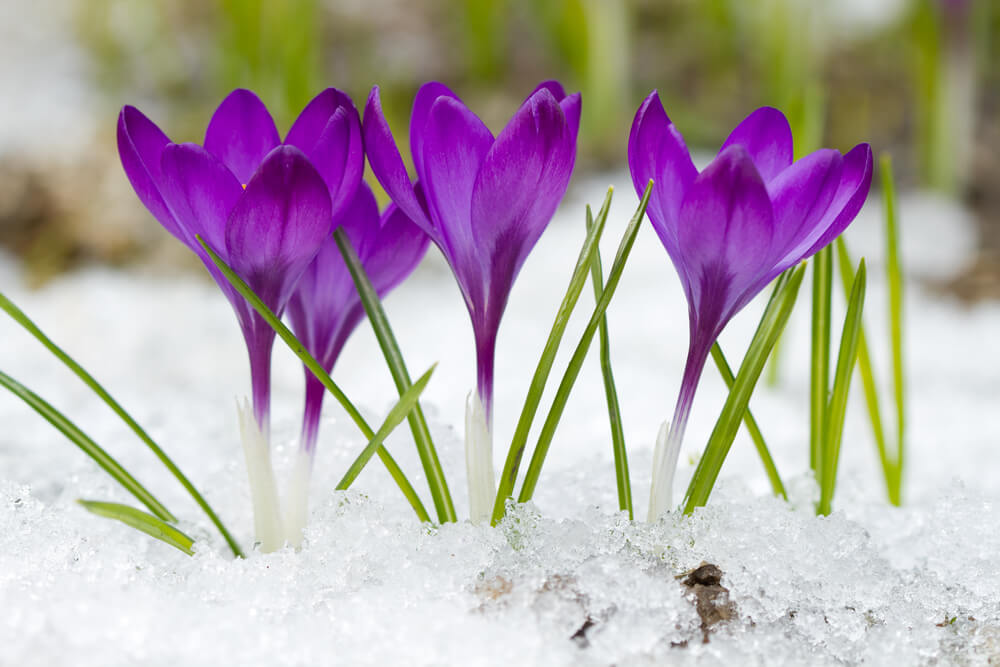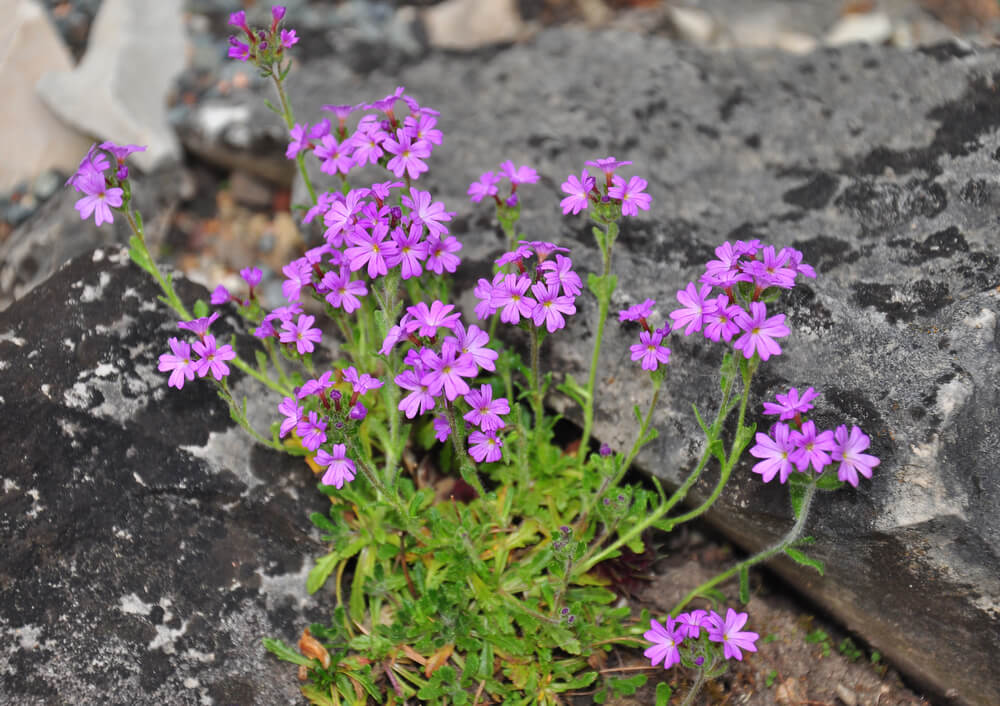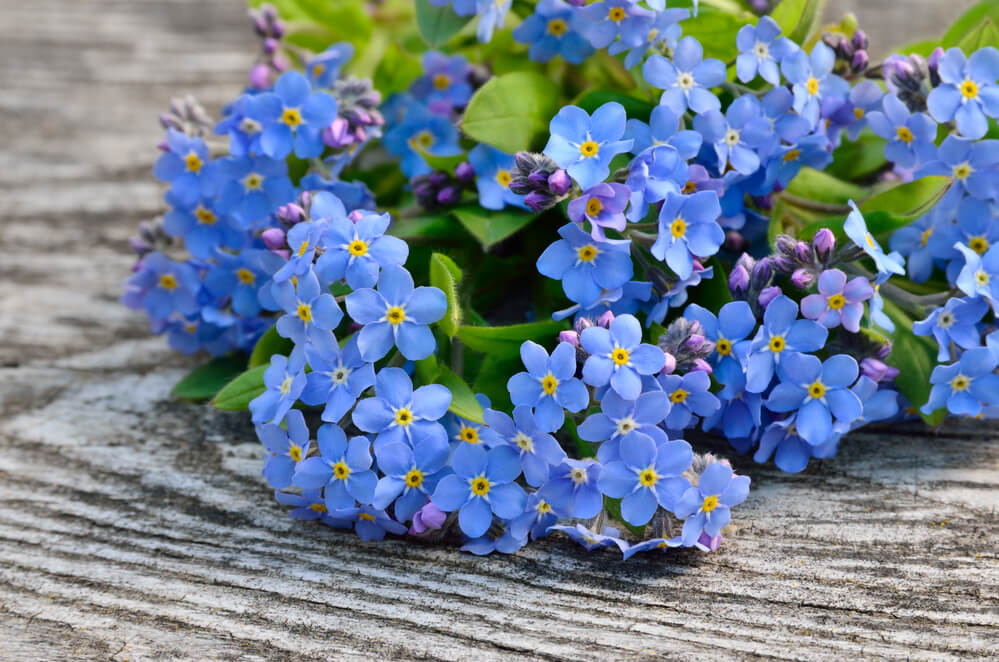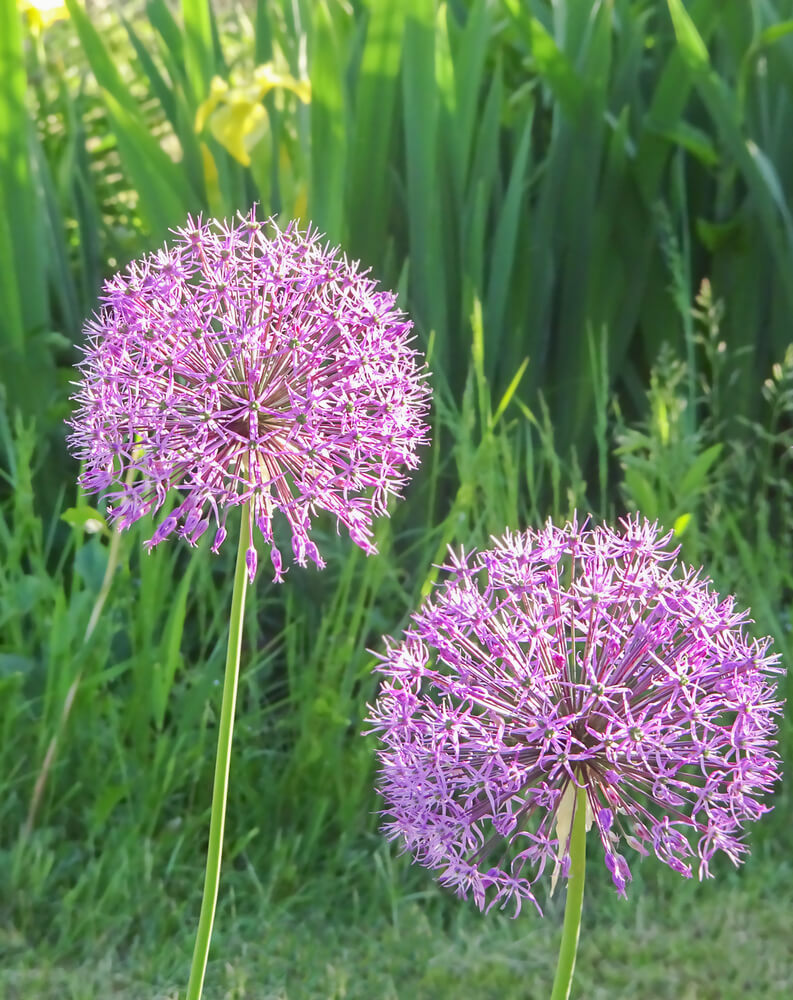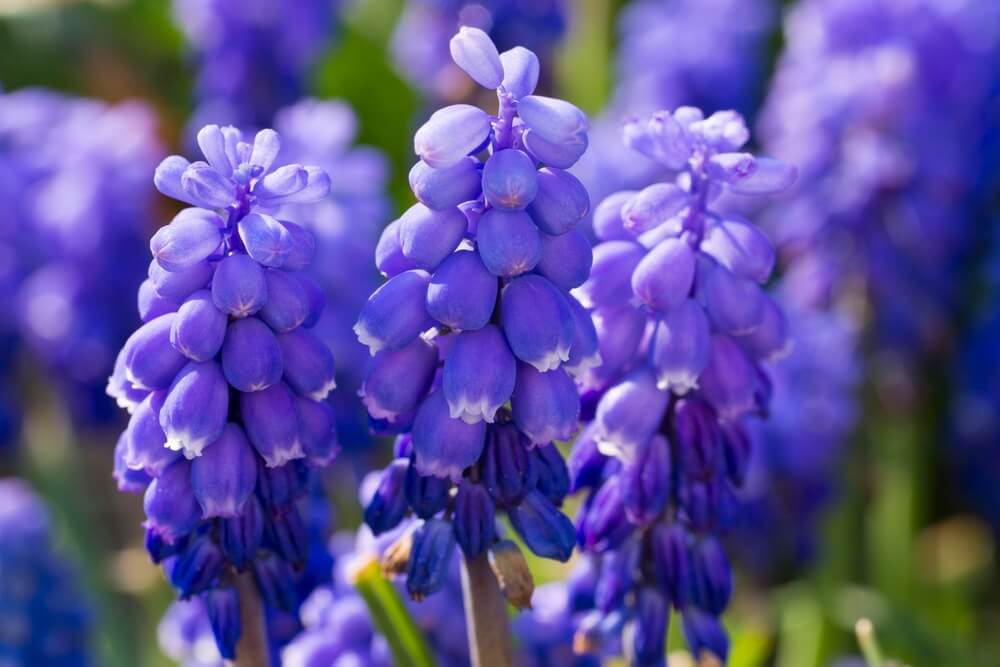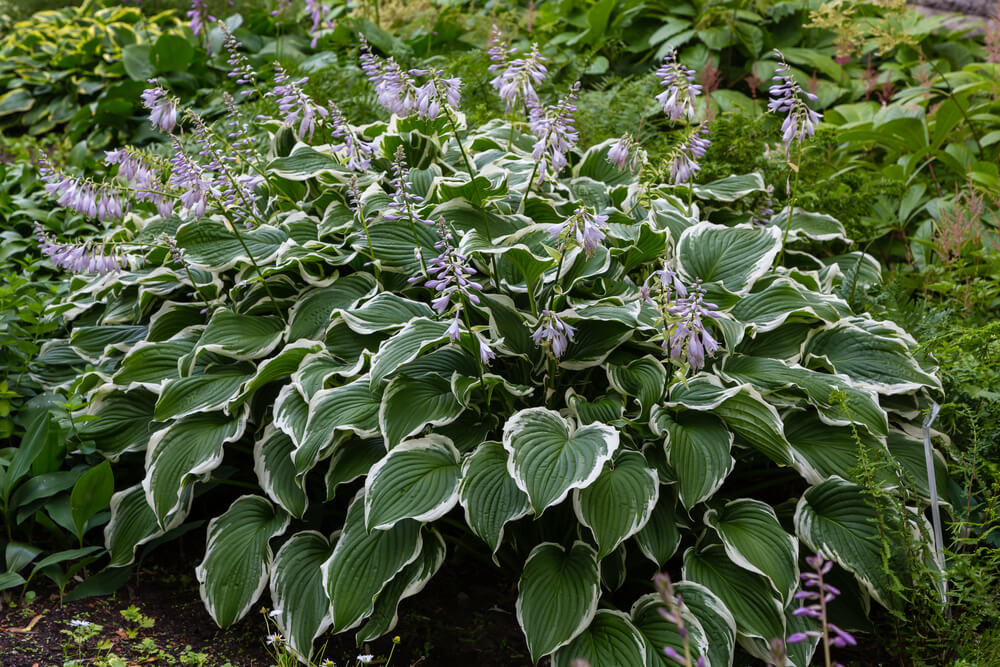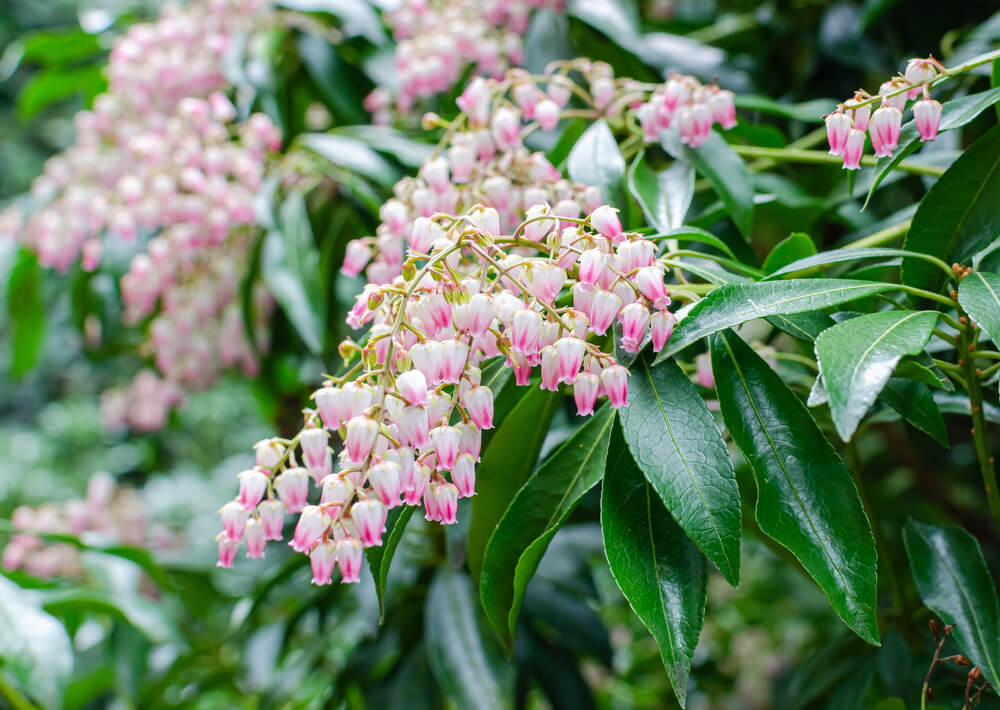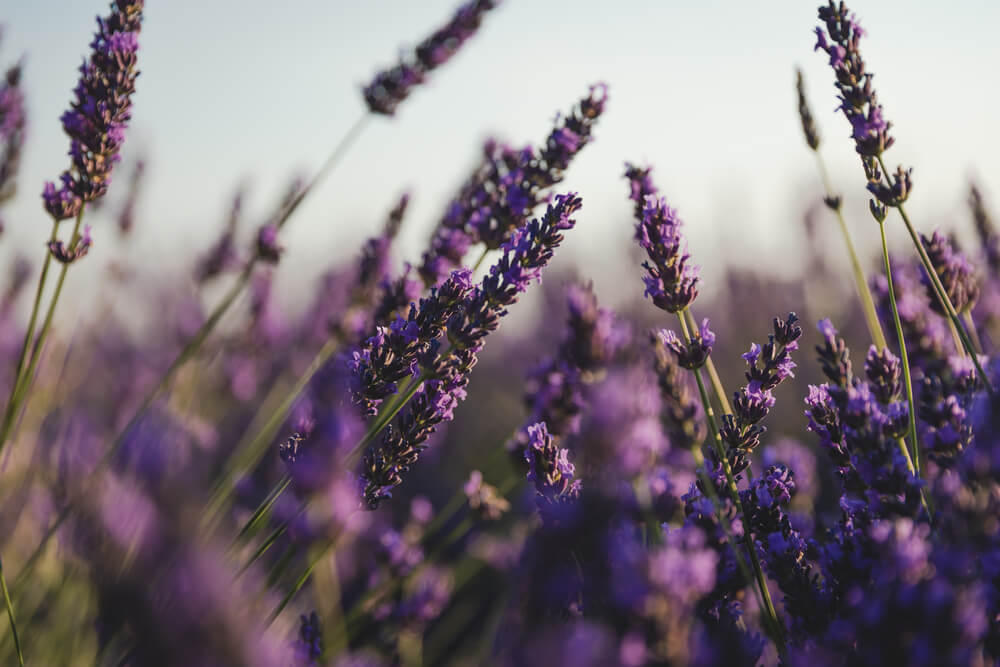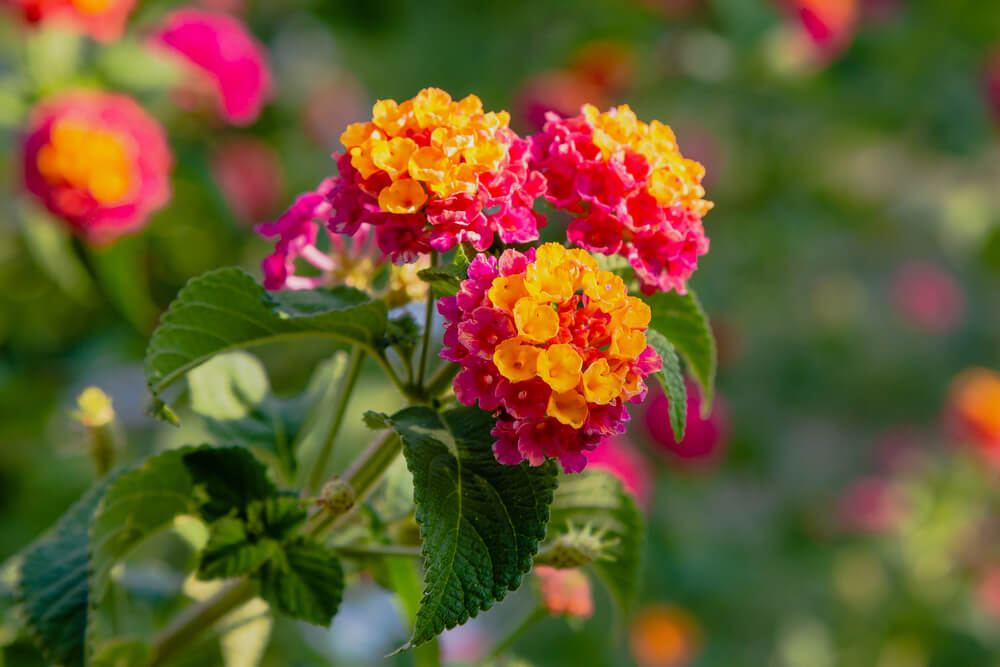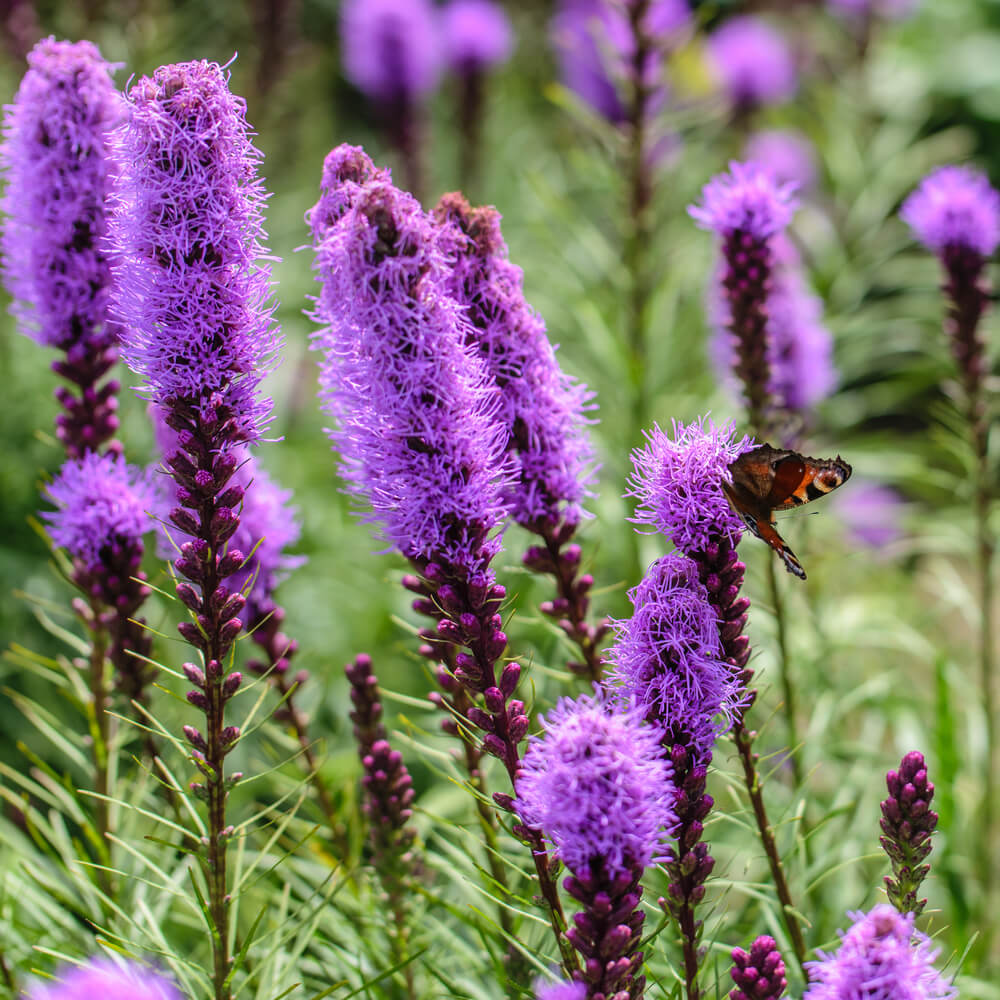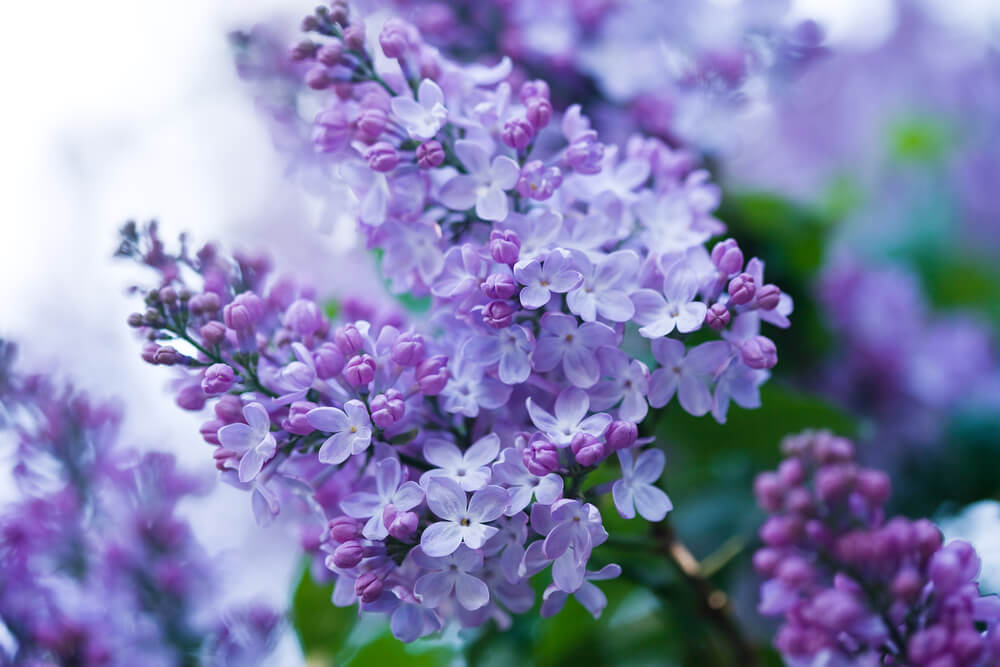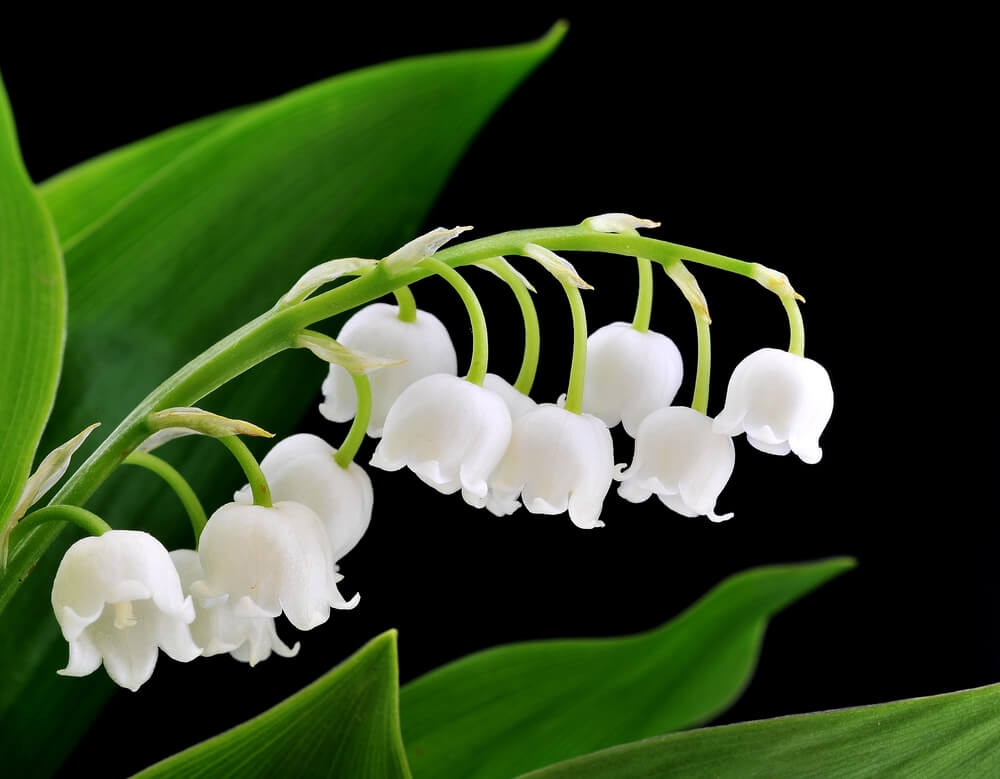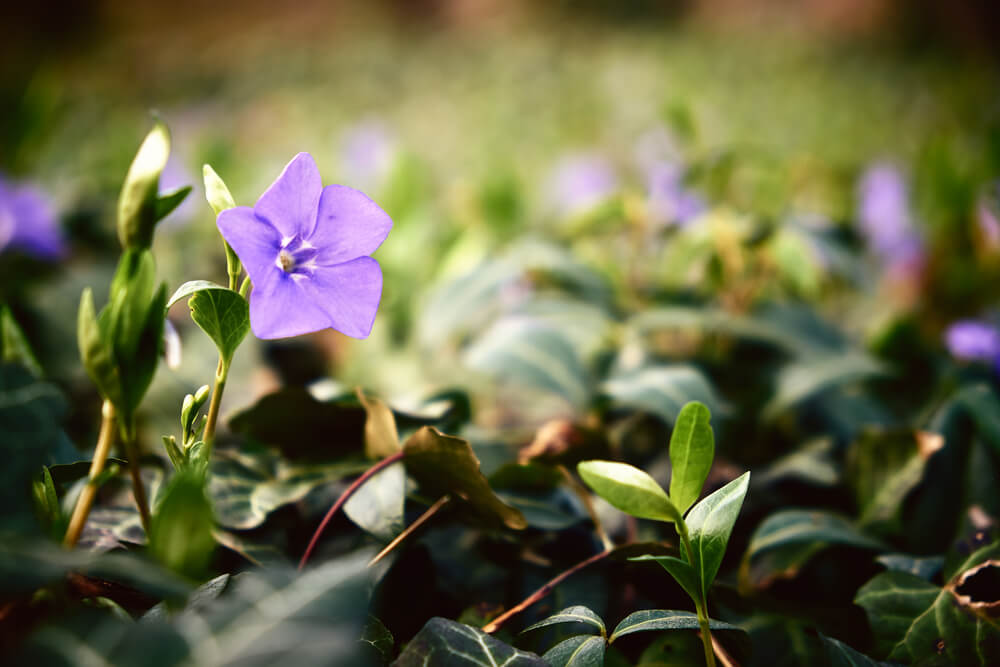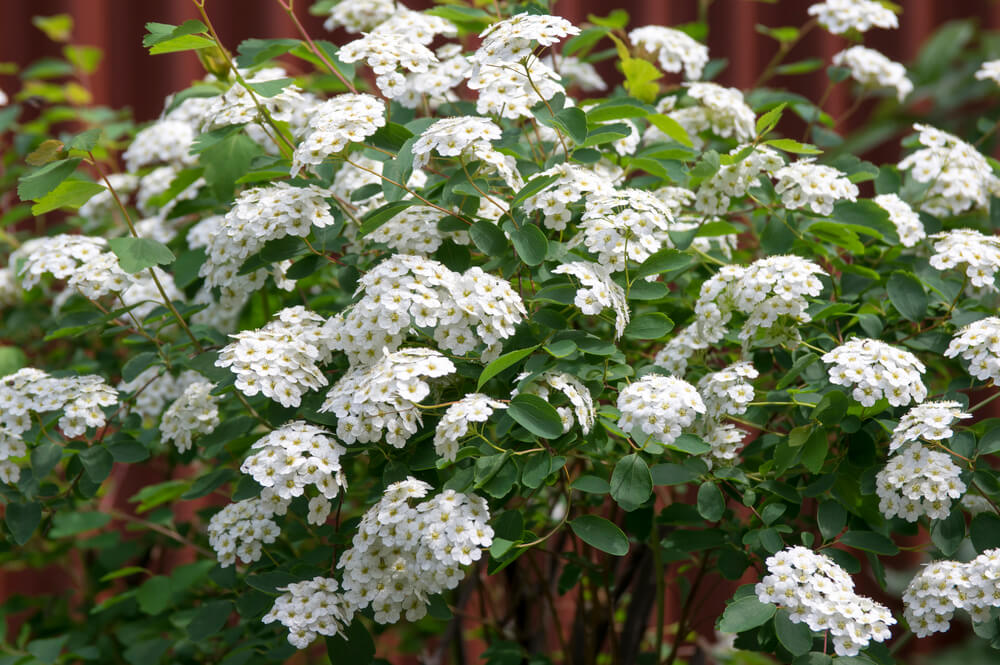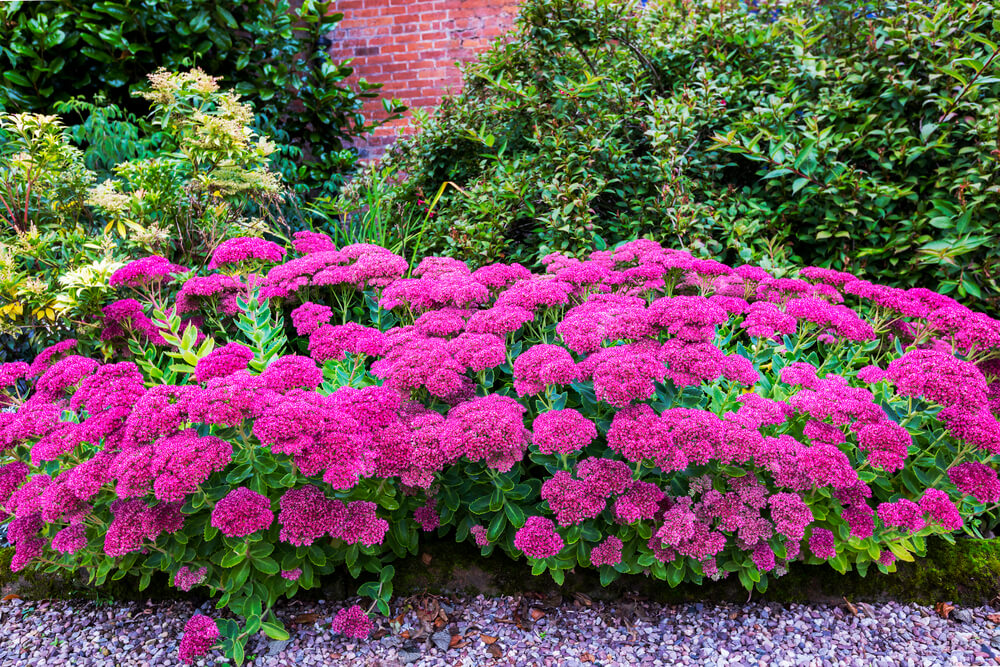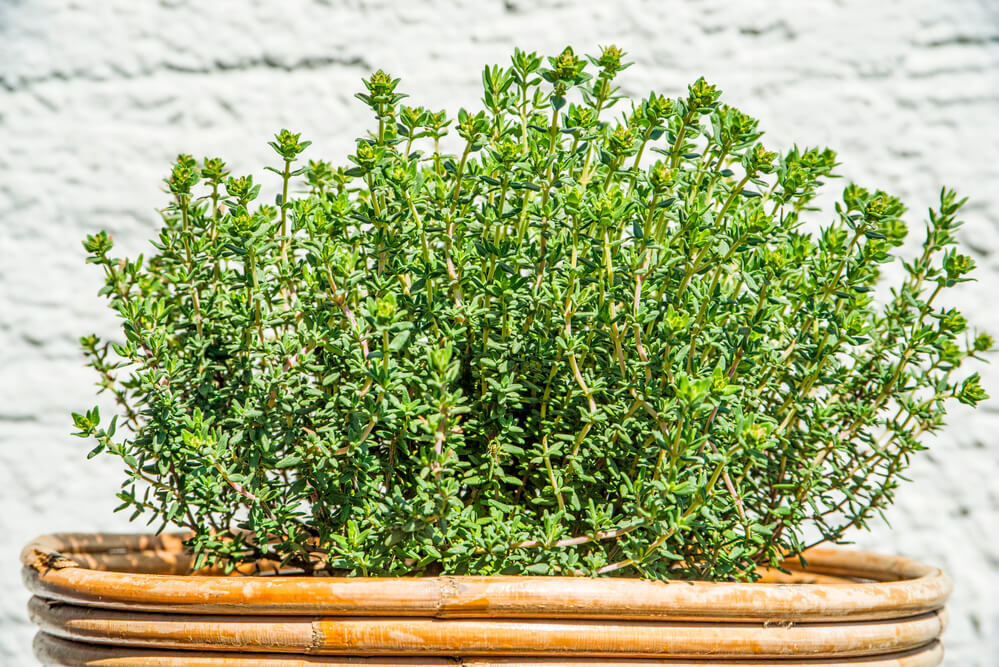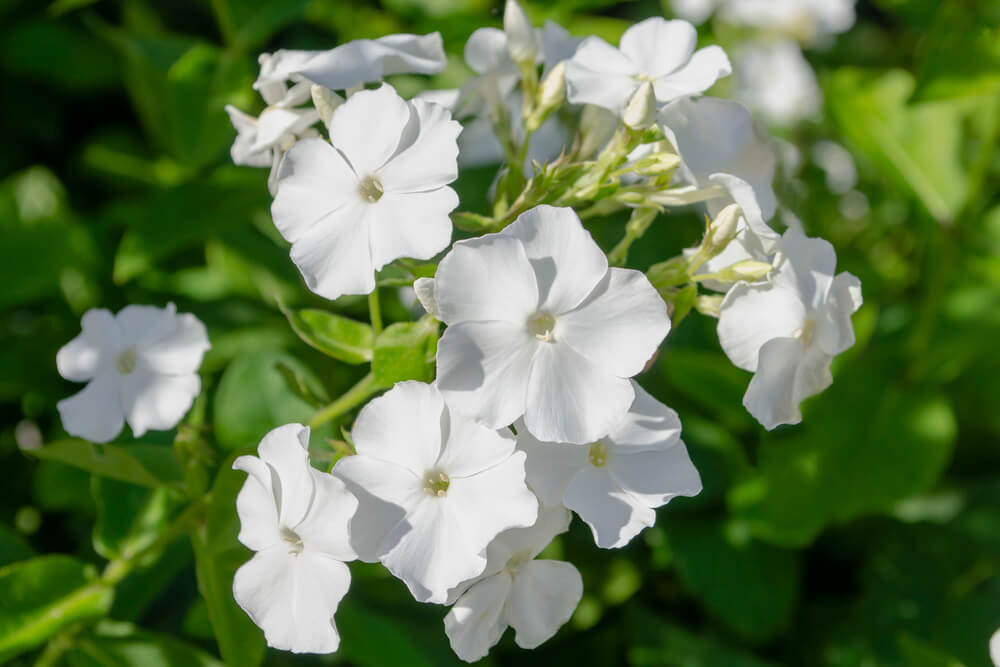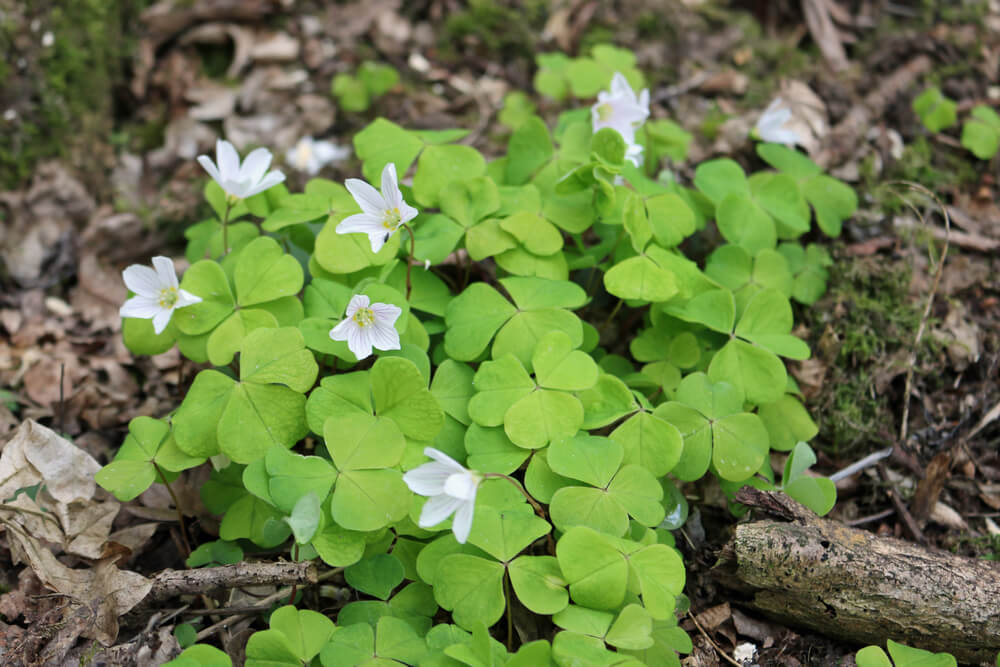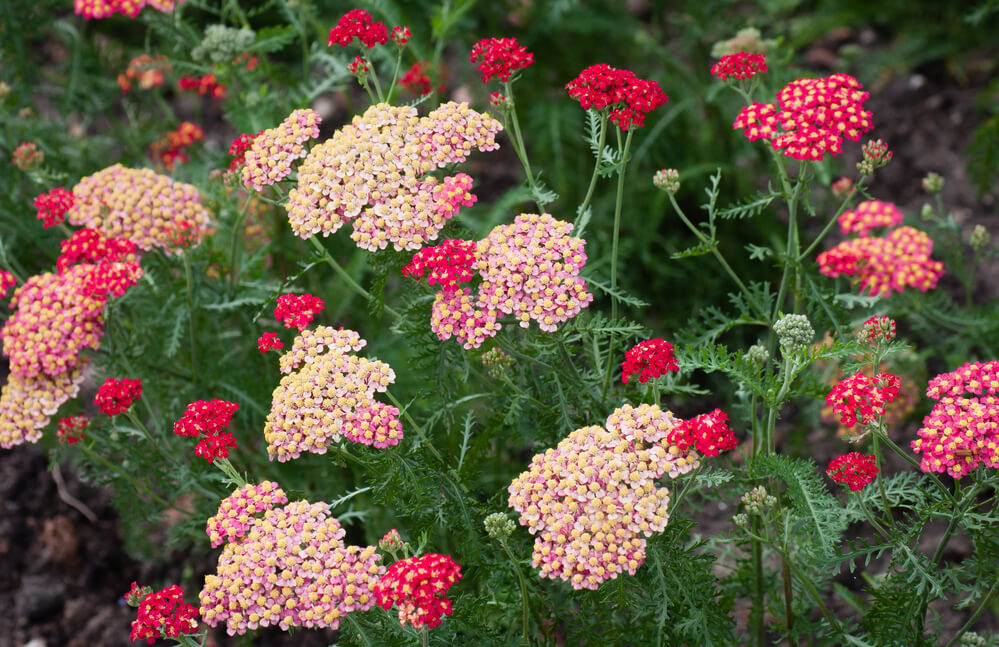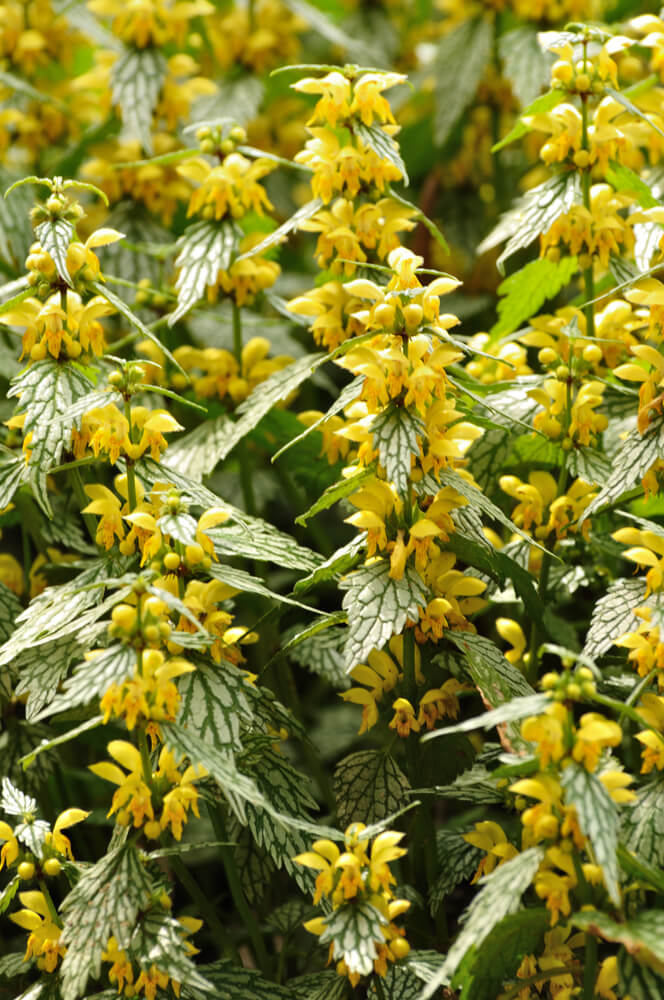Here is an article that will prove to gardeners that bigger is not always better when it comes to vibrant blooms. The plants we’ve collected on this list are all capable of making a bit of an impact on your garden, even though they have some of the smallest flowers you can imagine. These flowers come in a wide range of shapes and colors, and you should not allow their small stature to fool you. As you’ll soon see, the plants with small flowers on your list can be incredibly eye-catching and elegant. They’ll also make you appreciate the fact that sometimes the most enchanting plant in your garden is not always the one that is large enough for you and your garden guests to notice before any other.
Key Takeaways
Reading a list of plants with small flowers is a good start for anyone interested in these types of plants. However, it is also helpful to understand the themes that apply throughout the entirety of the list you are about to read. Below is a brief list of a few key takeaways that you come across repeatedly as you read this article.
- There are many plants with small flowers to choose from.
- Small flowers don’t necessarily show up on small plants.
- Small flowers that appear in groups are just as noticeable as large flowers.
- Each plant with small flowers can have different growing preferences and care needs.
- Plants with small flowers belong to many different genera.
27 Adorable Plants with Small Flowers that will Bring a Smile to Your Face
1. Baby’s Breath (Gypsophila)
We’ll begin our list with one of the most widely known plants with small flowers. But while baby’s breath is a staple within any florist’s selection, many people are unaware that the term baby’s breath can refer to a wide range of species within the Gypsophila. The varieties of baby’s breath we see most often have slender stems that hold tiny circular white flowers. Those flowers often prove to be the perfect accent feature when paired with larger flowers in a bouquet.
2. Creeping Buttercup (Ranunculus repens)
As was true of our first list entry, buttercup is another common plant name that can refer to one of many plants in a single genus. However, in this case, we’re specifically pointing out the creeping buttercup, known botanically as Ranunculus repens, as this is the species that is known for having small bright yellow flowers. Those flowers are round with thin petals that typically span an inch across or less. The plant itself is small as well, growing just a few inches tall as it spreads along the ground.
3. Butterfly Bush (Buddleja davidii)
Here we have our first example of a plant that has incredibly small flowers, but those flowers remain noticeable from near and far, nonetheless. The reason is that the flowers of the butterfly bush appear in high quantities, forming spike-shaped clusters that are at least several inches long. As you might guess, the butterfly bush is also the ideal plant to grow if you are interested in attracting butterflies and other pollinator species to your yard. However, it is important to select a non-invasive version of the butterfly bush before you get to planting.
4. Butterfly Weed (Asclepias tuberosa)
In keeping with the theme of attracting butterflies, butterfly weed is another plant that can perform that job well. The difference here is that while butterfly bushes are typically non-native, with many varieties being invasive, butterfly weed plants are a native alternative for those living in the United States. For the purposes of this list, it’s also worth noting that butterfly weed plants have fantastically bright orange flowers. Though small, those flowers have an excellent star shape and form pleasant round clusters.
5. Coral Bells (Heuchera)
The coral bells plant is a species worth planting for several reasons, one of which is that it blooms with a set of tiny bell-shaped flowers that hang at the end of thin vertical stems. Along with those agreeable blooming characteristics, coral bells is also a great plant for small spaces since it maintains a small size all growing season. Additionally, coral bells have a great ability to thrive in areas of low-light exposure.
6. Coreopsis (Coreopsis)
Coreopsis, which sometimes goes by the name tickseed, is a short perennial plant that can provide an excellent, albeit somewhat short-lived, ground cover. While the word coreopsis can refer to one of many varieties, these options tend to have a few similar traits. The foliage of this plant tends to be thin, light, and feathery. Meanwhile, the small daisy-like flowers take center stage in shades of yellow and white during the later parts of the summer months.
7. Creeping Phlox (Phlox subulata)
The last plant we mentioned was a beautiful perennial groundcover that blooms later in the growing season. This one is another perennial groundcover, but it is one of the first plants to bloom in the spring season. When in bloom, the flowers of the creeping phlox will cover the plant entirely in shades of purple, pink, or white. Since creeping phlox is so good at spreading and covering large areas of the ground, it often looks like a colorful carpet during its bloom time.
8. Crocus (Crocus)
It is fair to say that creeping phlox is one of the earliest blooming plants in the landscape, but when it comes to plants that bloom earliest of all, the crocus has to be on the list. Amazingly, crocuses often bloom while there is still a thin layer of snow on the ground in the late winter and early spring. Despite that cold, crocuses still manage to send up a small cup-shaped flower while nearly every other plant still appears dormant.
9. Fairy Foxglove (Erinus alpinus)
Whether you love plants with small flowers or not, you likely prefer plants that are easy to care for. Fortunately, this list entry, fairy foxglove, is incredibly easy to care for. It can tolerate full sun and partial shade and does not require any special maintenance. In return for your minimal gardening efforts, the fairy foxglove plant will provide you with groups of tiny purple flowers that suspend themselves just a few inches above the ground.
10. Forget-Me-Not (Myosotis)
To many, the small flowers of a forget-me-not have the ideal flower shape, consisting of five perfect petals surrounding a small circular center. While there are several species of forget-me-not plants, as well as a few cultivars, the most common varieties have a light blue flower color. Other varieties offer variations in both growth habits and flower color. However, nearly all forget-me-not plants are similar in their ability to spread quickly across the ground when they grow in locations in which conditions are favorable.
11. Giant Allium (Allium)
Upon first seeing the name of this plant on our list, you may have thought we included it accidentally. However, while a name like giant allium implies that this plant is large in every aspect, it does not give an accurate indication of the flower size. Each individual flower that appears on this plant is small, purple, and star-shaped. With that said, the flowers of giant allium form in large spherical clusters that stand at the ends of tall shoots, meaning that the impact this plant will have on your garden is anything but small.
12. Grape Hyacinth (Muscari armeniacum)
The grape hyacinth plant builds on the notion that plants with the smallest flowers can have some of the most fascinating blooms. In this case, the flowers of the grape hyacinth plant look just like a cluster of tiny grapes. The way these flowers grow in tight bunches at the ends of the plants stems only adds to the grape-like effect. As was true of a few other plants we’ve mentioned so far, grape hyacinth will spread very quickly when it finds the growing conditions it prefers.
13. Hosta (Hosta)
Those who have an understanding of what makes a hosta popular might be surprised to see this plant on our list of species with small flowers. However, while hostas gain their fame from the incredible attractiveness of their leaves, they are also lovely thanks to the small flower they produce. These flowers sit at the end of stalks that can be several feet tall. Each flower is on the smaller side and has a somewhat tubular shape and a light purple color.
14. Japanese Pieris (Pieris japonica)
You might first expect that small flowers typically appear on plants that are also relatively small. However, the appearance of the Japanese pieris on our list disproves that belief. Even though the Japanese pieris grows to be a large shrub or even a small tree, its flowers remain quite small. They tend to be white with a bell shape. These flowers are quite persistent, and they form in dangling clusters all over the plant. The Japanese pieris also has lovely broad evergreen leaves that add to its beauty.
15. Lavender (Lavandula angustifolia)
The ever-popular lavender plant is another plant with small flowers that makes a significant visual impact. If you have ever seen a row or field of lavender, then you know what we are talking about. When planted in masses and allowed to spread, lavender plants will coat your landscape with countless tiny purple flowers. Those flowers give off a lovely scent that can be as pleasing as the sight of the flowers alone.
16. Latana (Lantana camara)
There are plenty of plants with small flowers that are worth your consideration, but very few are able to provide as much color as a latana plant. This plant has tiny circular clusters of small flowers. But what makes them really stand out from other plants is the fact that individual flower clusters can show multiple colors at once. Those color options are bountiful as well, including red, yellow, pink, purple, white, and more.
17. Liatris (Liatris spicata)
After learning about the liatris plant, you’ll be able to recognize it immediately from now on. The most prominent feature of this plant is its large vertical flower spikes. Each spike includes many tiny flowers, all of which typically have a vibrant deep purple shade. With that said, there are other versions of this plant that offer white flowers and other colors as well. When planting this species, be sure to select an area that receives at least six hours of light per day or more.
18. Lilac (Syringa vulgaris)
Here’s another example of a plant that grows to be relatively large overall and simultaneously has tiny flowers. Lilac shrubs bloom in early to mid-spring, and their blooms are a sight that many people look forward to each year. But while those flowers create great anticipation, a close inspection shows that they are also minuscule in stature. Still, like other plants on this list, the small flowers of the lilac arrange themselves in large clusters that are both visually stimulating and immaculately scented.
19. Lily of the Valley (Convallaria majalis)
Lily of the valley is a lovely perennial plant that also features equally lovely small flowers. For most of the growing season, this plant appears as nothing more than a set of pure green leaves scattered across the garden floor. With that said, the lily of the valley starts the season impressively, thanks to its small white blooms. Those small flowers hang from small stems and have a cute bell shape and a subtle frilly edge.
20. Myrtle (Vinca minor)
Admittedly, the flowers of a myrtle plant are some of the largest that appear on this list. But that’s simply a testament to how amazingly small the flowers we’ve mentioned so far truly are. Likewise, compared to flowers generally, nearly everyone would say that myrtle blooms are quite small. But like the other plants on this list, myrtle blooms make for a fantastic display despite what they lack in size. They are light purple, have five tiny petals, and set themselves against a set of glossy evergreen leaves.
21. Reeve’s Spiraea (Spiraea cantoniensis)
The Reeve’s spiraea shrub is one of the few valuable shrubs that ranks high for both ornamental appeal and ease of maintenance. To start, Reeve’s spiraea can grow in full sun and partial shade while adapting to a wide range of soil types. It is also a plant with reliable pest and disease resistance. When it comes to attractiveness, Reeve’s spiraea does not disappoint either. When in bloom, this shrub covers its long pendulous branches with pure white flowers.
22. Stonecrop Sedum (Sedum)
At times, it seems that it’s easy to find plants blooming early in the spring. The issue then becomes that some gardens lack color later in the growing season. If you are running into this issue and you love tiny flowers, then the stonecrop sedum plant is an excellent option for you. Stonecrop sedum plants have almost a broccoli-like shape made up of hundreds of tiny flowers. In late summer and early fall, those flowers look their best as they take on a deep reddish-pink hue.
23. Thyme (Thymus vulgaris)
It is a well-understood fact that thyme has earned its place as a go-to spice in the kitchen. However, did you know that you can also use thyme in your garden for ornamental purposes? It turns out that thyme makes for an excellent spreading ground cover. The thyme plant also has clusters of tiny purple flowers and gives off a pleasing scent as well. One of the best ways to grow thyme is to allow it to spread through the gaps in hardscape and rockery on your property.
24. Upright Phlox (Phlox stolonifera)
Earlier, we mentioned a plant called creeping phlox that has beautiful small flowers and creeps along the ground. This entry on our list is a species that comes from the same genus as creeping phlox and has flowers that are essentially identical in color, shape, and bloom time. However, the big difference between these plants is that upright phlox stays true to its common name by growing with a distinct upright habit. While this means upright phlox cannot act as a ground cover, it will certainly be noticeable as it stands above many other perennial species.
25. Wood-Sorrel (Oxalis montana)
Although they are both quite small, you are sure to love both the leaves and the flowers of the wood-sorrel plant. This species, Oxalis montana, has foliage that is almost identical to a shamrock, with three tiny heart-shaped leaves emerging from a shared stem. The flowers are even smaller than the foliage, and they have a white color, a star shape, and a light-yellow marking at the center. Those features alone make this species worth planting, but you may also be happy to know that there are versions of this plant that have multi-colored leaves as well.
26. Yarrow (Achillea millefolium)
Yarrow plants bloom with small bouquet-like clusters of tiny flowers that can come in one of several colors, including yellow, orange, pink, and white. In most cases, yarrow plants will grow to be about three feet tall and will prove to be very easy to care for. As long as you give this plant full sun, it will grow well as it tolerates heat, drought, and generally poor soil conditions.
27. Yellow Archangel (Lamiastrum galeobdolon)
The flowers of a yellow archangel are certainly small, but that does not prevent this plant from being incredibly colorful. In fact, it is the combination of the flowers and the foliage that allow this plant to put on such an impressive color display. The leaves have a pointed and jagged shape with deep green veins that cut through pale green patches. Meanwhile, the flowers are bright yellow, which creates a captivating juxtaposition of color shades.
[wp-faq-schema title=”Frequently Asked Questions About Plants with Small Flowers” accordion=1]The tiny plants that offer equally tiny flowers are somewhat of a mystery to some. As such, it is quite normal for gardeners to have questions about this plant group. To help you have a better understanding of plants with small flowers, we’ve answered a few of the most common questions about the topic below.
27 Impressive Plants with Small Flowers that Make a Big Impact
It is easy to see how large flowers with bold colors can quickly dominate a landscape design. However, our list proves that size is far from the only consideration you need to make when choosing a flowering plant. The list of 27 plants with small flowers that we have collected continually shows that smaller plants are worth your time and attention. Although they may do so in a more subtle way, these tiny flowering plants can add untold color and interest to your garden whenever they are in bloom. If you are convinced of the large impact a small flowering plant can have, your next step is to choose one from the group we’ve presented and start growing it in your garden.
